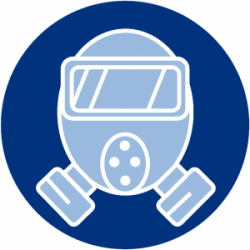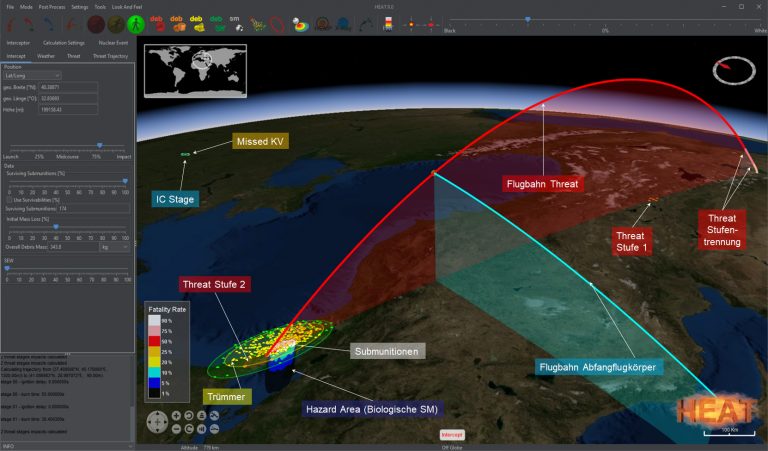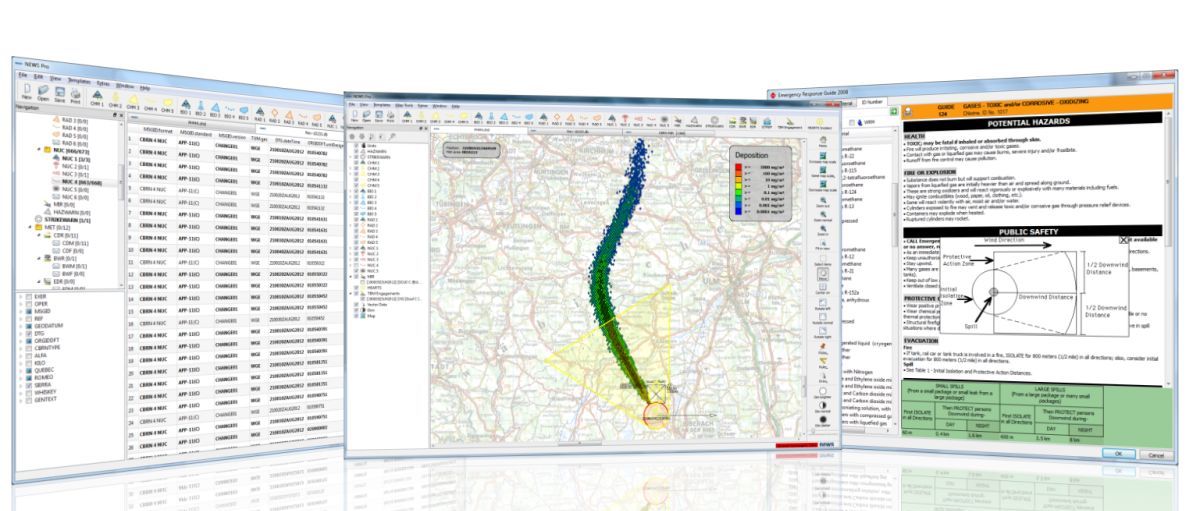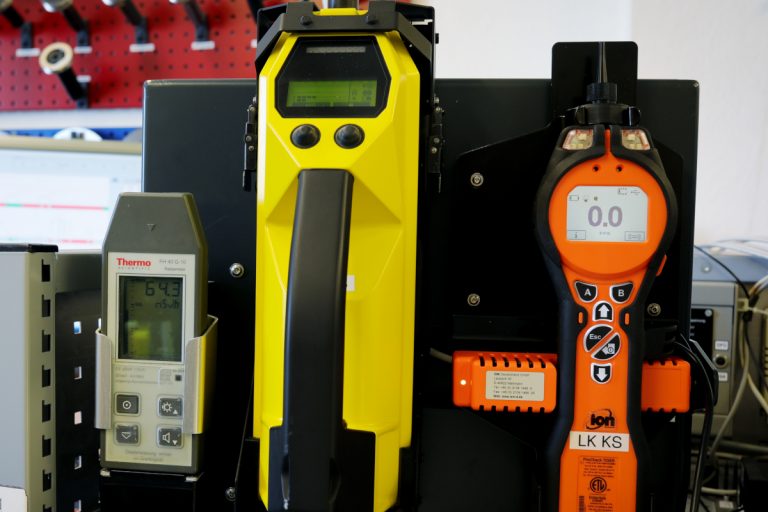
Already since the 1990s, tms has been working with a multidisciplinary team of mathematicians, physicists and software developers in research, modeling and simulation of chemical, biological, radiological and nuclear (CBRN) hazards. In addition to diverse research activities, modern software solutions have also developed over the years.
Research projects
We participate in national and international research projects in the field of CBRN protection. Current examples are projects focusing on data fusion of chemical point sensors for the European Defence Agency (EDA, project CENSIT) and in the project EU-SENSE (Horizon 2020, Grant No. 787031) as well as the project EU-RADION (Horizon 2020, Grant No. 883204) with a focus on radiological scenarios.
In these projects, we cooperate with renowned European partners from research and industry.
HEAT

The HEAT (Hazard Estimation after TBM Engagement) software has been created for many years to accompany research and development activities. Today, it stands for a family of software tools used in the field of dispersion of warfare or hazardous materials and especially also in the field of air defense.
HEAT is internationally recognized (NATO) and can also be used in civil security to quickly assess threats.
NEWS

NEWS is a software system that can be used to simulate complex dispersion situations (e.g. the spread of chemical pollutants or warfare agents) as well as to calculate warning and hazard areas in accordance with the NATO standard ATP-45. The powerful and flexible software was officially introduced by the German Armed Forces for their CBRN warning and reporting service. It is also the CBRN evaluation module in the Air Force’s Air & Missile Defence (AMD) command center and is used in the Bundeswehr's N/C-Fox and N/C-Mungo CBRN reconnaissance and detection vehicles. The Federal Office of Civil Protection and Disaster Assistance (BBK) also uses NEWS, for example, in the area of the warning center for alerting and warning the population.
NEWS is officially accredited by the NATO Communications and Information Agency (NCIA) and thus approved for use in security-critical information domains.
CBRN Reconnaissance

We develop individual software solutions in the field of CBRN exploration. An experienced team builds modern solutions with a high quality standard. Users, sensors and software technology are all equally in the focus of such a project.
In particular, we have developed the software of the so-called Messleitkomponente (MLK; engl. Command & Control Unit) for the Federal Office of Civil Protection and Disaster Assistance (BBK) and develop software for CBRN Reconnaissance Vehicles (ErkW).
